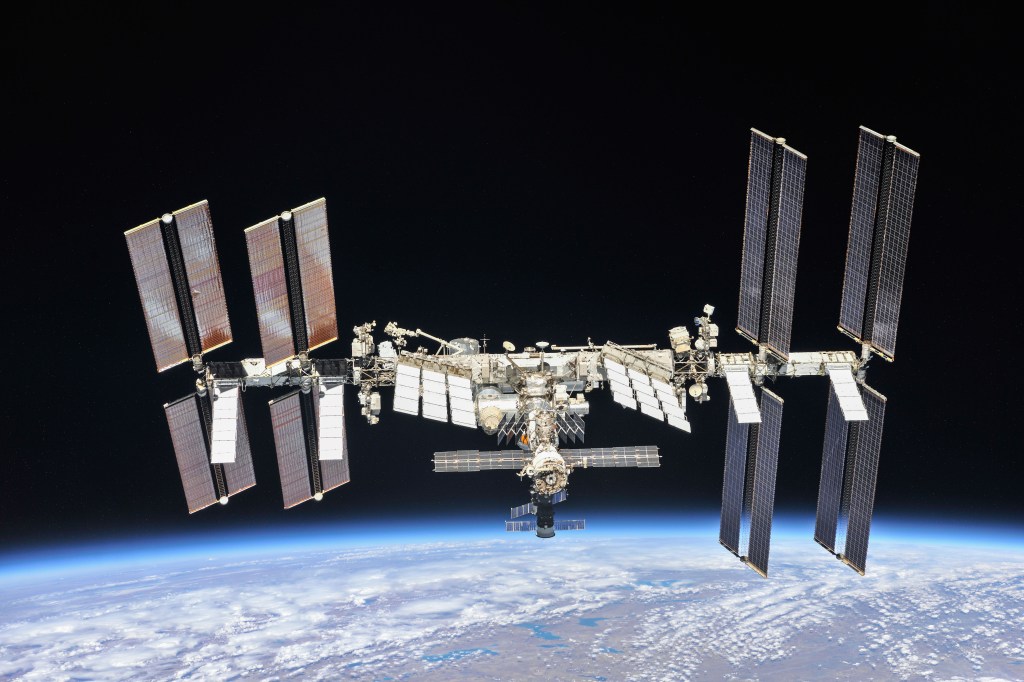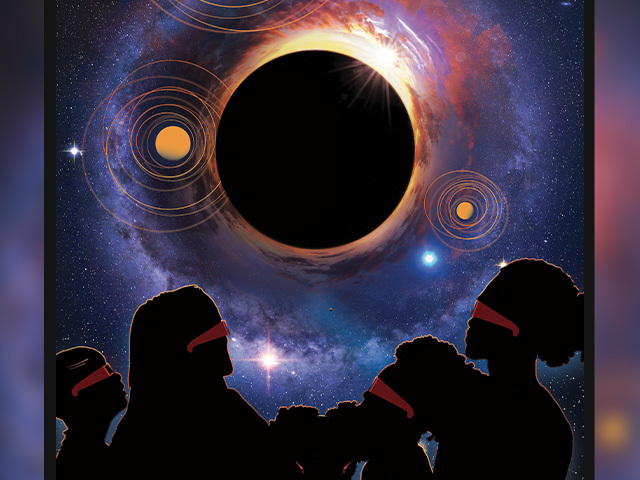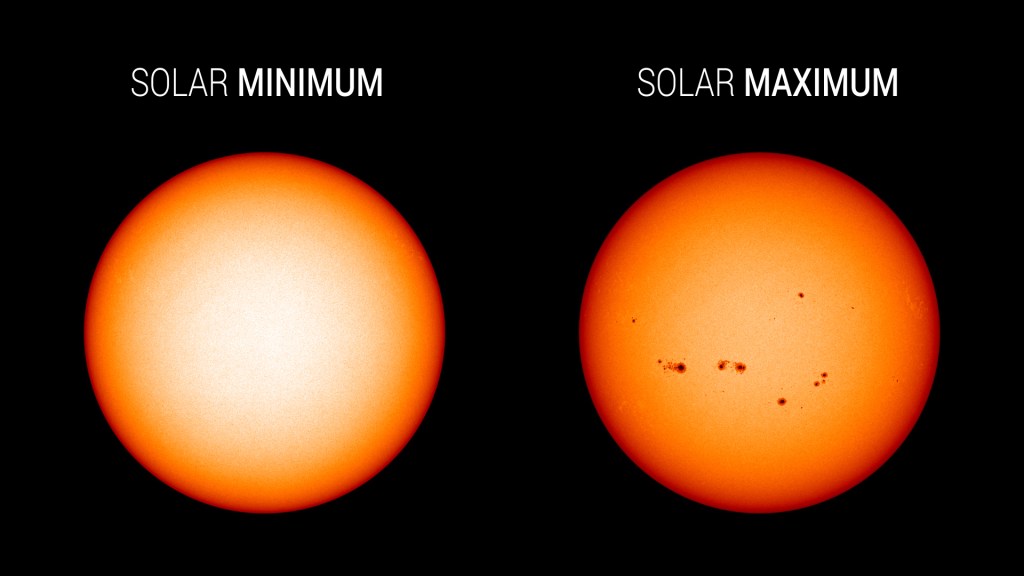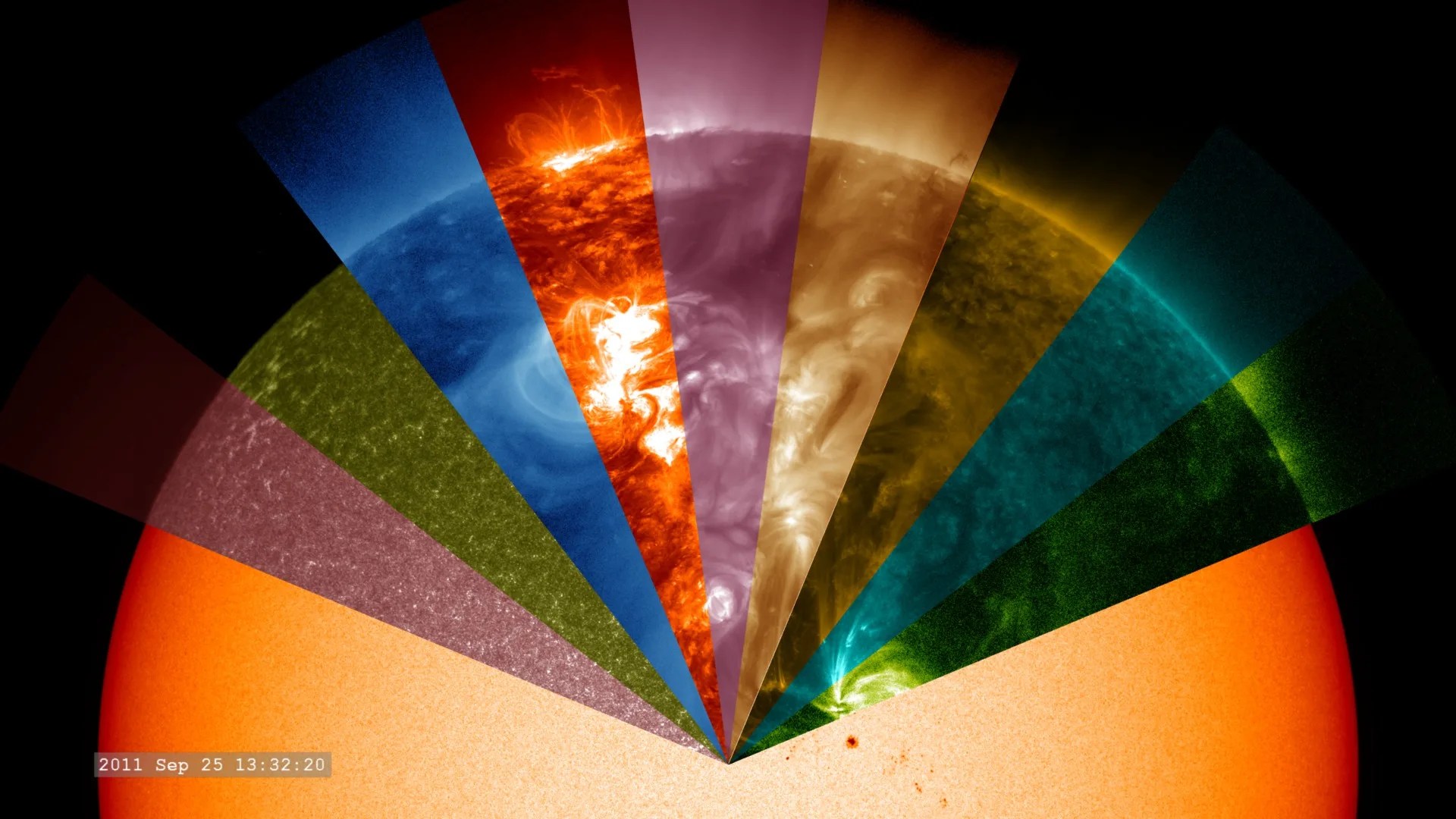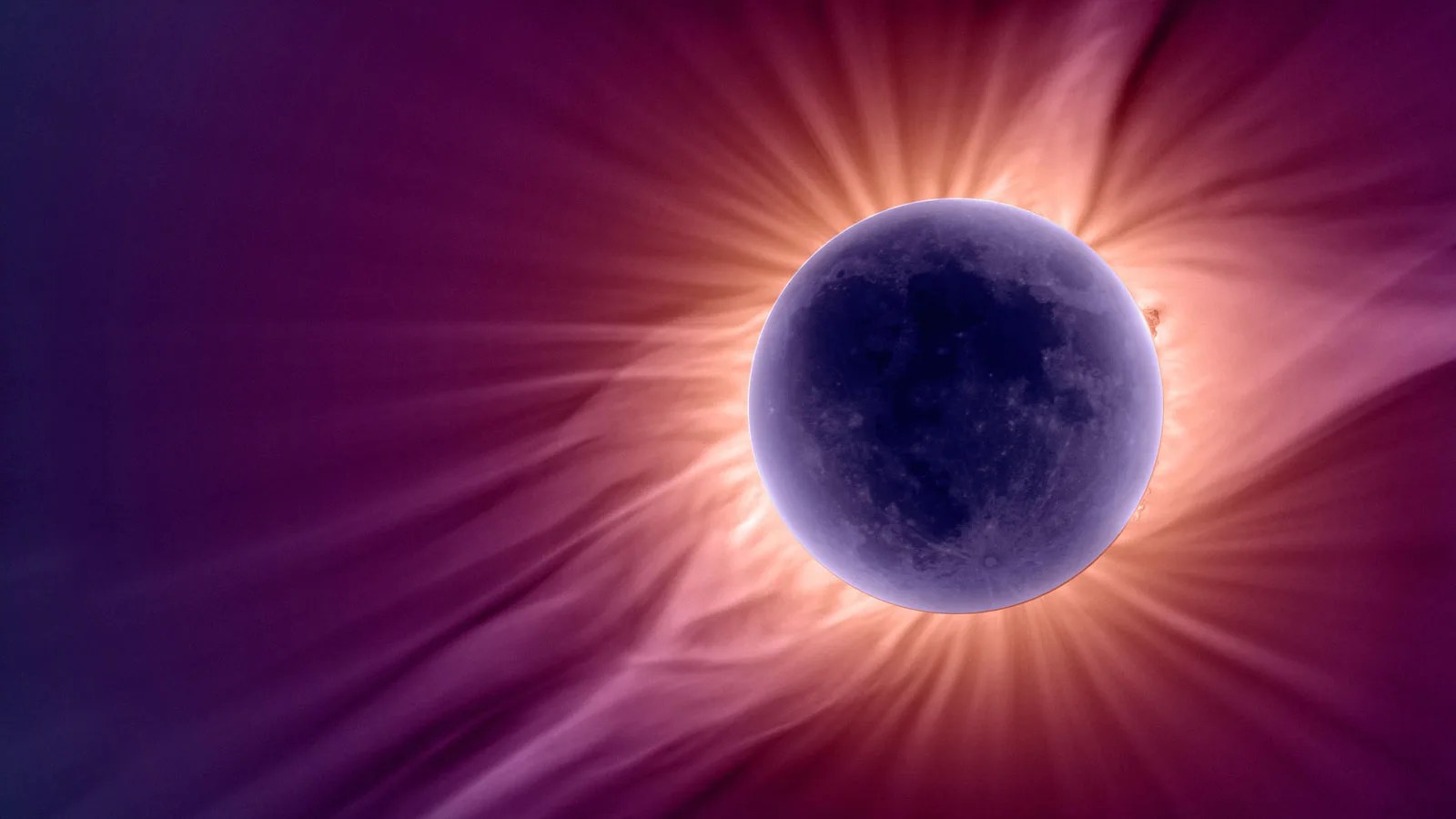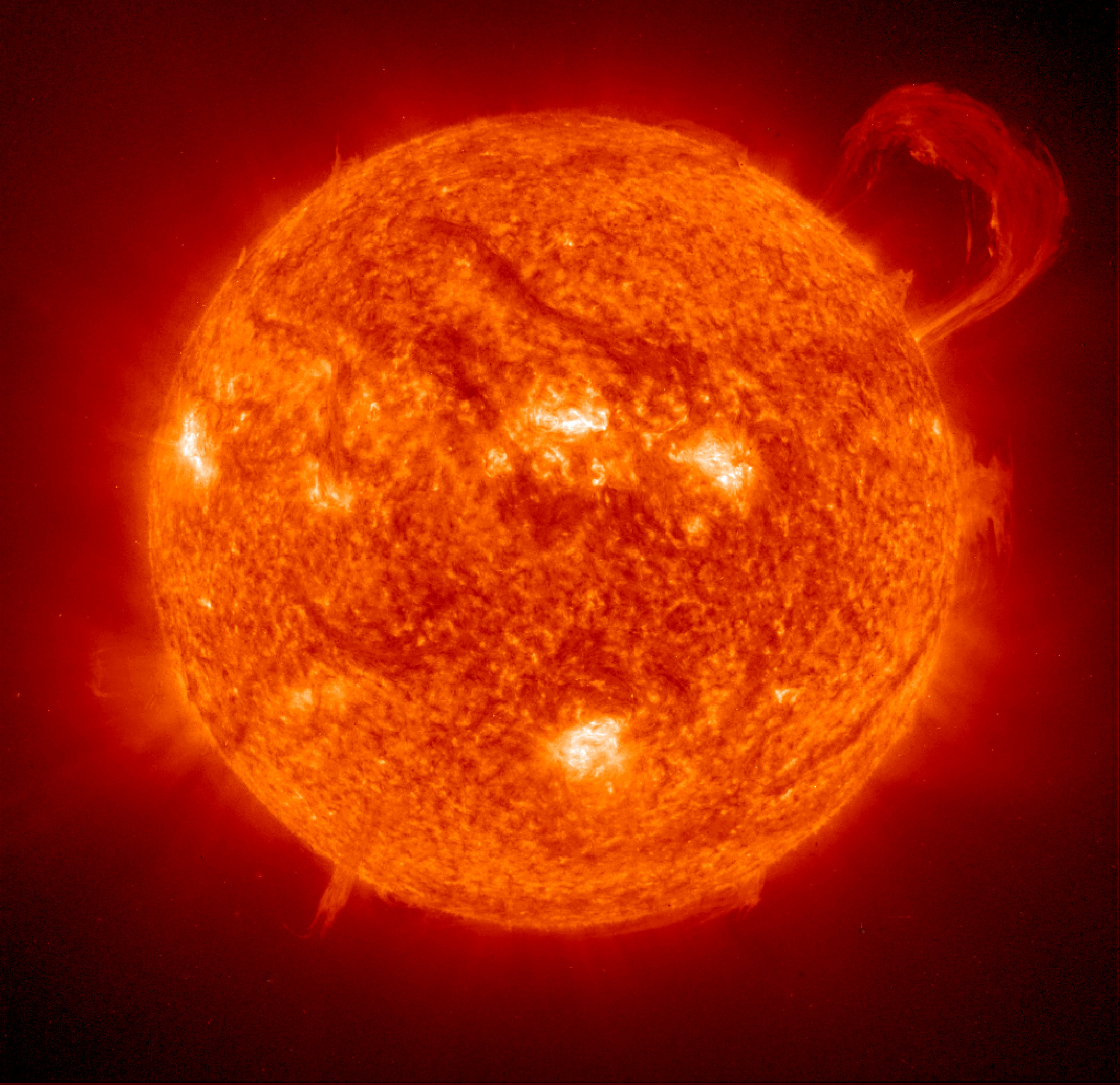This October, NASA is launching the Heliophysics Big Year – a global celebration of solar science and the Sun’s influence on Earth and the entire solar system. Modeled after the “Big Year” concept from citizen scientists in the bird-watching community, the Heliophysics Big Year challenges everyone to get involved with fun Sun-related activities.
For each month from October 2023 to December 2024, the Heliophysics Big Year will celebrate under a theme, sharing opportunities to participate in many solar science events from watching eclipses to joining citizen science projects. During the Heliophysics Big Year, participation isn’t limited to science – NASA invites everyone to celebrate the Sun with activities including dance, fashion, sustainability, and more.
“We hope these themes will get everyone excited about participating in the Heliophysics Big Year, whether it’s watching an eclipse, creating art inspired by our Sun, or any of the many activities in between,” said Peg Luce, acting director of NASA’s Heliophysics Division at NASA Headquarters in Washington.
Nicky Fox, associate administrator of NASA’s Science Mission Directorate at NASA Headquarters, shares that NASA is launching the Heliophysics Big Year – a global celebration of solar science and the Sun’s influence on Earth, our solar system, and beyond. Download this video in HD formats from NASA Goddard’s Scientific Visualization Studio: https://svs.gsfc.nasa.gov/14392
Credits: NASA/Beth Anthony, Joy Ng, and Lacey Young
Here are the Heliophysics Big Year themes:
October 2023 – Annular Eclipse
The Heliophysics Big Year starts off with the Oct. 14, 2023, annular solar eclipse, which will pass over North America from the U.S. to Mexico. During an annular eclipse, the Moon is slightly too far away from Earth to completely block the Sun, creating a “ring of fire” effect in the sky.
November 2023 – Mission Fleet
This month will celebrate the NASA Heliophysics mission fleet including its newest member, the Atmospheric Waves Experiment (AWE), set to launch during the month.
December 2023 – Citizen Science
Citizen science has enabled many heliophysics discoveries, including new types of auroras. This month will explore ongoing citizen science projects in heliophysics.
January 2024 – The Sun Touches Everything
From agriculture to economics, the Sun touches all parts of our lives. This month delves into all the ways we’re influenced by the Sun.
February 2024 – Fashion
Is there Sun in your wardrobe? See how the Sun sheds light on the fashion week catwalks during this month’s theme.
March 2024 – Experiencing the Sun
The Sun may be 93 million miles away, but we can still experience it from home, whether its watching eclipses, auroras, or observing its daily influence on our lives.
April 2024 – Total Solar Eclipse
On April 8, 2024, a total solar eclipse will cross much of the central and eastern United States. This eclipse will provide viewers a chance to see the Sun’s outer atmosphere – the corona – and it will be the last total solar eclipse that can be seen from the contiguous U.S. until 2044.
May 2024 – Visual Art
The Sun has been depicted in art for thousands of years. This month looks at ways artists around the world are portraying the Sun, from graphic illustrations to street art to ceramics.
June 2024 – Performance Art
The Sun also shows up in music and dance – two areas that will be celebrated this month.
July 2024 – Physical and Mental Health
How many steps would it take to walk to the Sun? This month explores connections between the Sun and our physical and mental health from solar-inspired sports teams to Sun-themed meditations.
August 2024 – Back to School
To close out the summer, this month’s activities are designed specially for kids of all ages.
September 2024 – Environment and Sustainability
The Sun is a powerful source of energy. This month takes a look at how solar power works and how heliophysics missions use it to power their science.
October 2024 – Solar Cycle and Solar Max
The Sun’s 11-year activity cycle will be nearing its maximum point during this month, which will include activities to explore the solar cycle.
November 2024 – Bonus Science
The Heliophysics Big Year isn’t over yet, and this month will explore unexpected heliophysics discoveries and connections to other scientific divisions.
December 2024 – Parker’s Perihelion
This month, NASA’s Parker Solar Probe mission – the first spacecraft to “touch” the Sun – will make its closest approach to the Sun and close out the Heliophysics Big Year.
By Mara Johnson-Groh
NASA’s Goddard Space Flight Center, Greenbelt, Md.



























